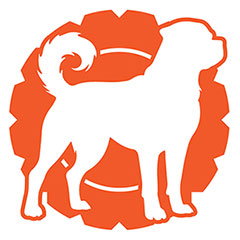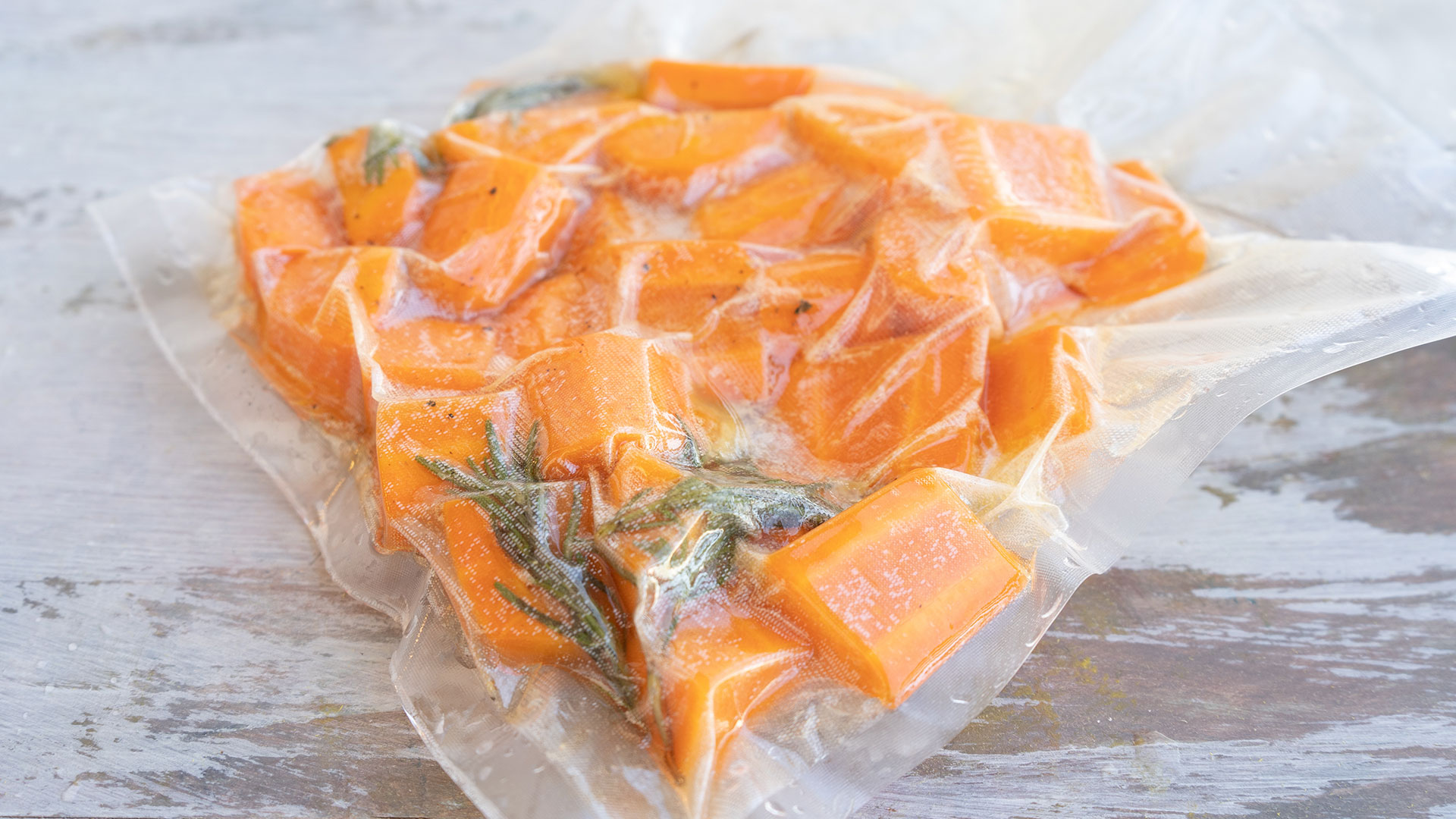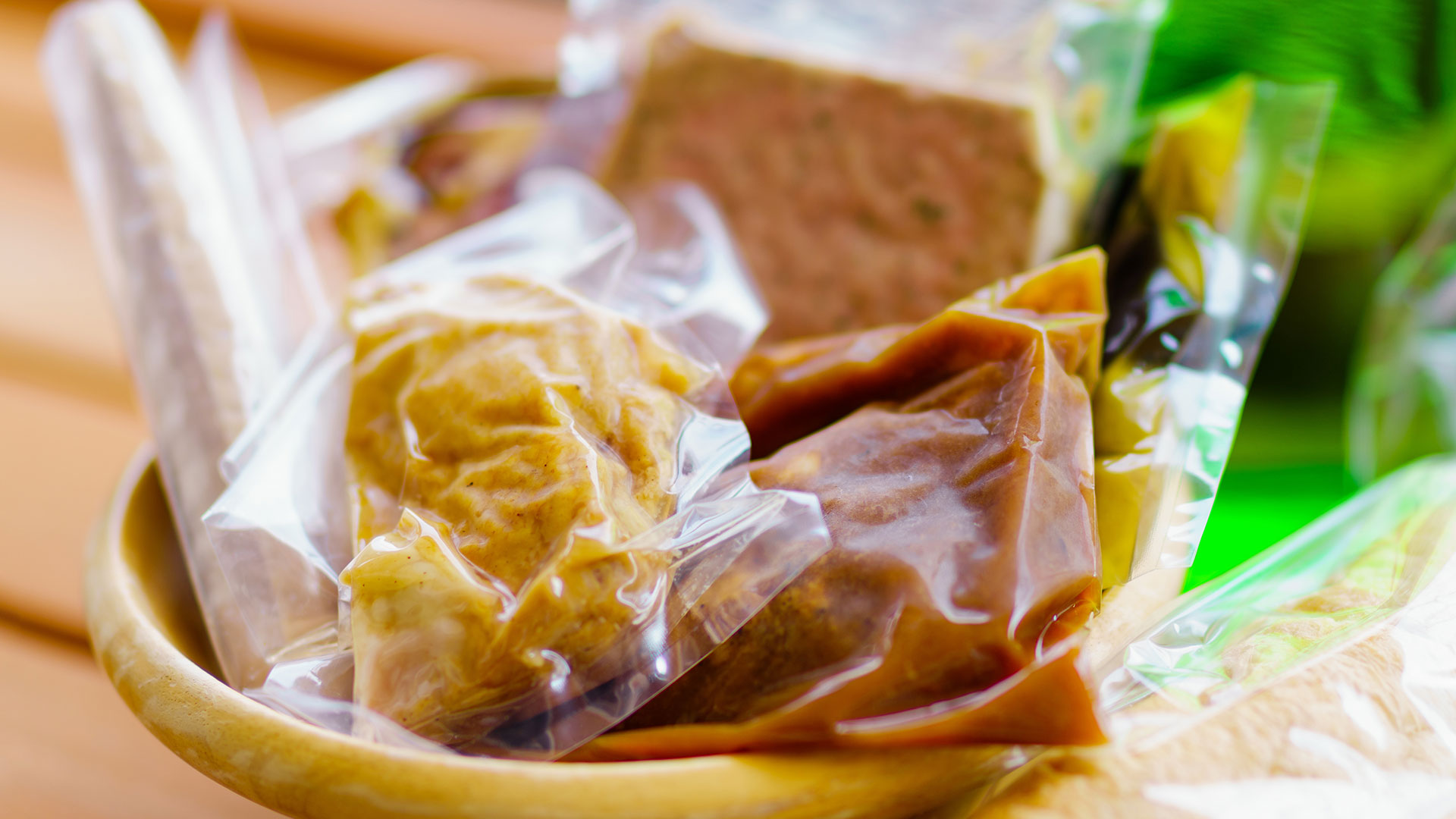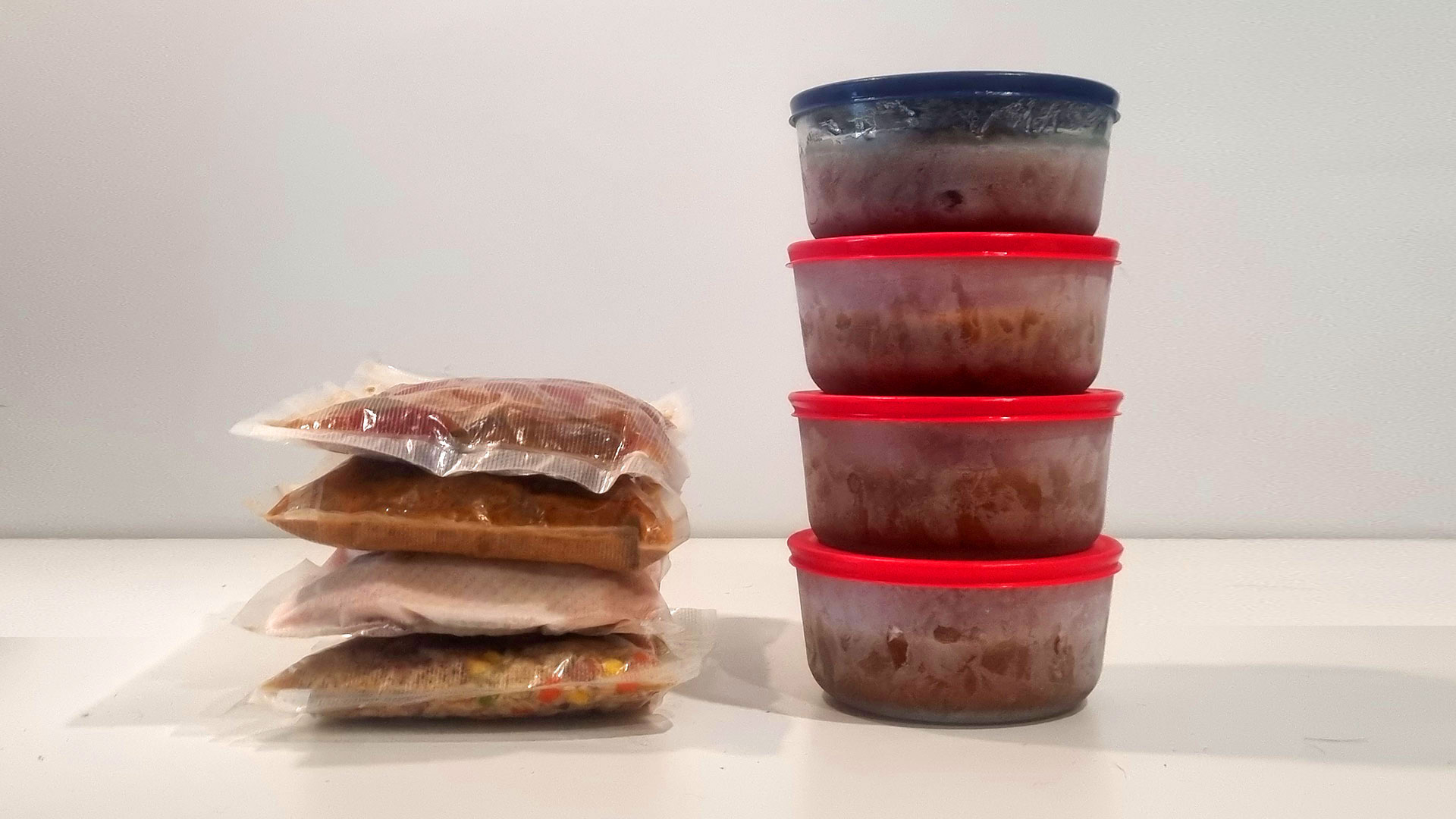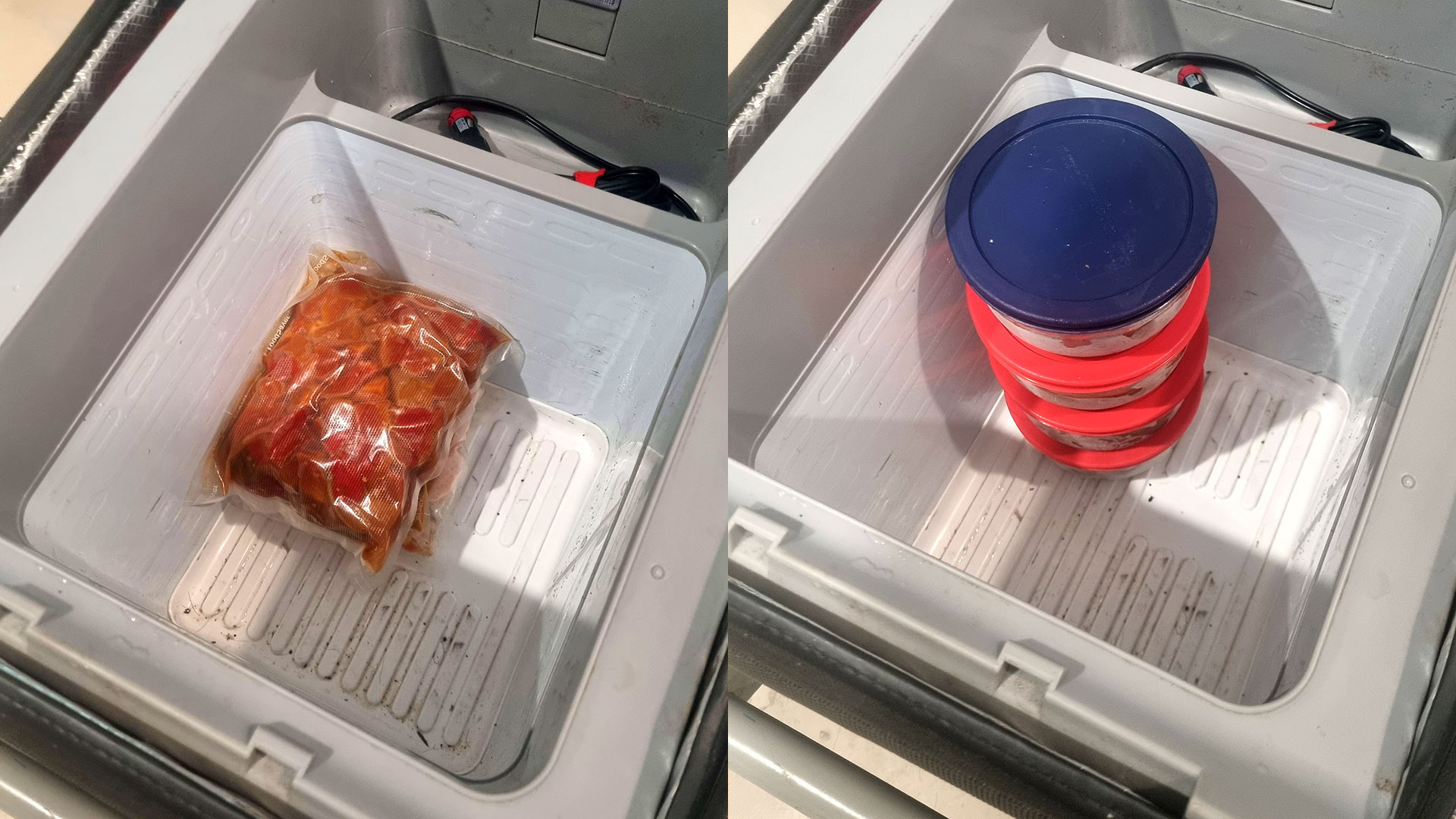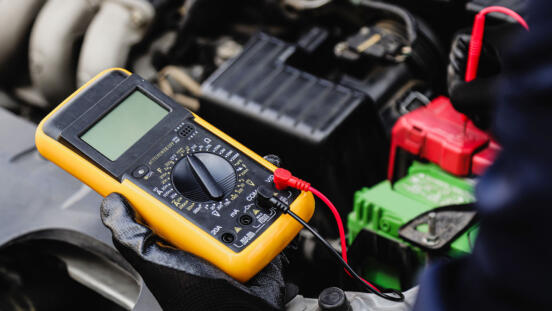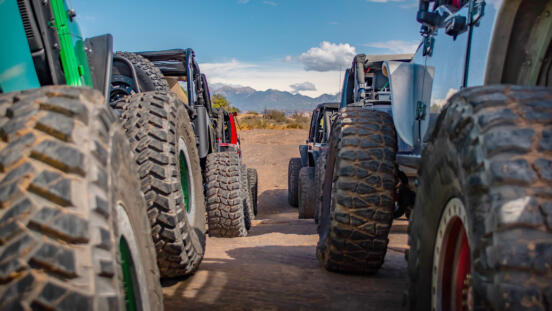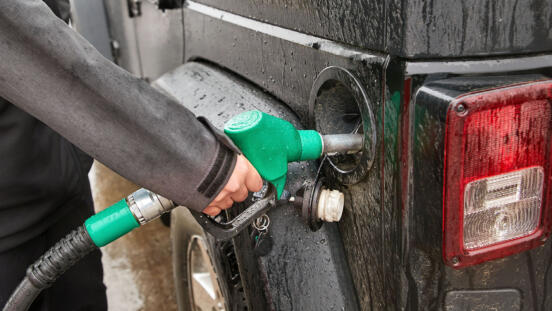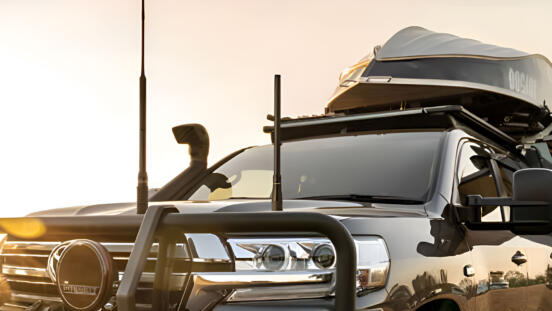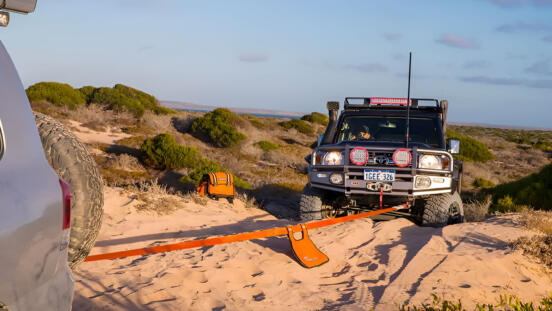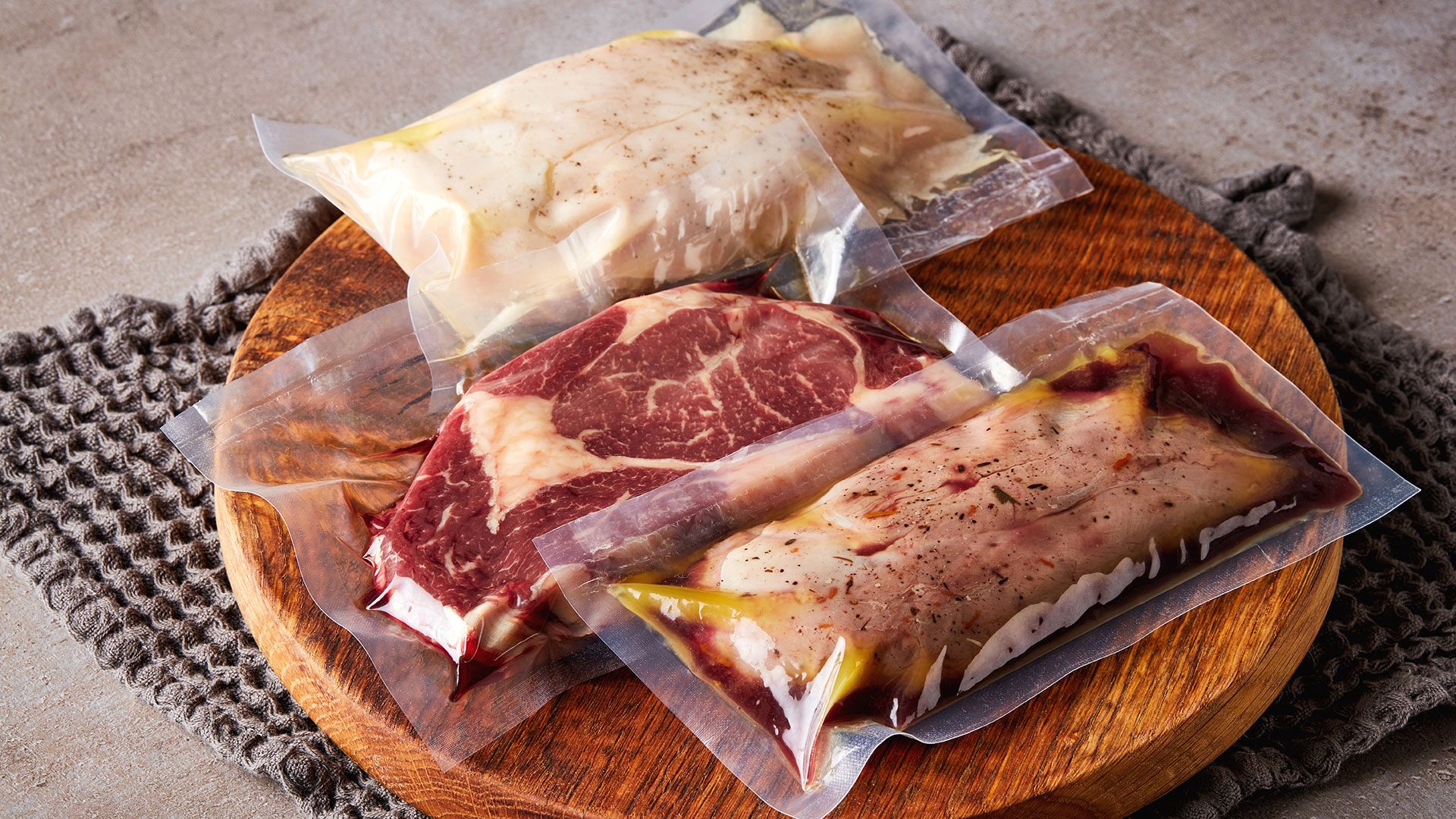
When I first bought a vacuum sealer, it was for experimenting with fermenting chillies/hot sauce at home. Using it for camping wasn't originally part of the plan, but as it turns out, it's been a great addition to liven up the camping menu and make meals easier.
If you're reading this I'm sure you're already somewhat familiar with vacuum sealers, but to quickly recap, the main claims for vacuum sealing your food are:
- Better preserve food and reduce spoilage (great for longer trips).
- Reduce freezer burn and preserve the quality of frozen food.
- A convenient method for marinating foods.
For the most part, I've found all of these to be true (with a few caveats I'll get to in a bit), but on top of that, vacuum-sealed meals are great for space saving on camping trips, eliminating the need for bulky tupperware that waste precious space in your fridge.
Disclaimer: On the subject of food preservation and safety, obviously I'm not a food scientist and I'm not sending my meals "to the lab" for testing. Below is my experience, and practices that I've found to work; as always, you should do your own due diligence in finding what works for you.
So how useful is Vacuum sealing meals for camping?
Preserving food
Meat and seafood - On average, I'd say the fridge shelf life of fresh meat and seafood when vacuum sealed is just under doubled. Where the smell or texture of wrapped/bagged meat will start to suggest that things are afoot within a few days, this is noticeably extended when vacuum sealed, and even more so if in a preservative marinade with citrus, or particularly salt (more on that later).
Fresh vegetables - Vacuum-sealing fresh vegetables is a bit of a miss to me. I've found that simply wrapping veggies and leafy greens in a tea towel or cloth to absorb excess moisture stops them from wilting and preserves them as well, if not better than vacuum sealing, and all without crushing them in the process if they're delicate.
Salt preserving/fermenting - This is where I've found the vacuum sealing really shines. For things like kimchi, sauerkraut, pickled vegetables, fermented chilies, pickles, etc., I have batches that I've aged in the fridge for more than 18 months and are still perfect.
This is as simple as preparing your vegetables and adding salt equal to 2% of the weight (some call for 3%, but I haven't found this necessary, and less salt equals more flavor). Seal the bag and store it in the fridge without opening until eating. You may need to put a pinhole in the bag at some point to release the gas produced, then reseal it.
If charcuterie style food for camping is your style, this is definitely a winner.
Reducing freezer burn
There's not a lot to say here; if you're freezing meals ahead of a camping trip, especially in bulk or for extended periods, vacuum-sealed meats and meals definitely hold up better when compared to storing in tupperware style containers or non-airtight cling film, etc.
Marinating
In terms of results, I don't think there's a difference in vacuum sealed marinating vs simply mixing everything up to soak in a bowl.
Comparing vacuum-sealed marinated meat vs conventional marinating, I can't see any appreciable difference in marinade penetration or flavor changes. Don't expect an intense burst of flavor from vacuum marinating.
That said, bringing the marinating food in a sealed bag instead of a cumbersome container is still a space-saver worth having.
Camping meals made easy
Saving space
As touched on above, a huge benefit of vacuum-sealed meals is the spaced saved by not having to bring round bowls and odd-shaped containers.
Even with a 50L or 60L camping fridge, space is at a premium and quickly disappears when bringing food and drink for 2+ people camping for a few days.
By removing plastic and glass containers from the mix, I can fit around twice the amount of prepared meals in my fridge, as you can see in the photos below.
Above: Spaced saved in my Waeco CF40 fridge.
Pre-packed portions
Another practice I've found useful with the vacuum sealer is creating pre-portioned batches.
If cooking for two, prepare a few bags with 2 serves in them and when lunch or dinner comes, simply pour the contents into your frying pan, pot, or onto your BBQ plate.
No need to muck around getting containers in and out, or cleaning chopping boards, knives, and serving cutlery afterward. Just rinse and dry the used bag and throw it back in the fridge to take home to be cleaned properly for re-use.
It's worth a look
If you want to live off more than sandwiches and tins of baked beans while camping, give a vacuum sealer a look.
I've found them to be an easy way to bring a variety of real meals, without feeling like your unpacking and cleaning your kitchen every time.
# Vacuum sealing camping meals, vacuum sealing food for travel, camp cooking, camping cooking tips.
